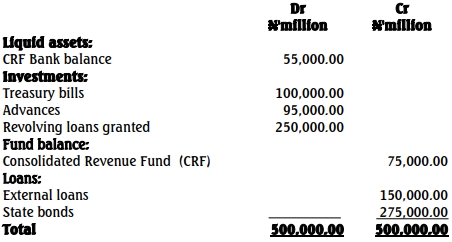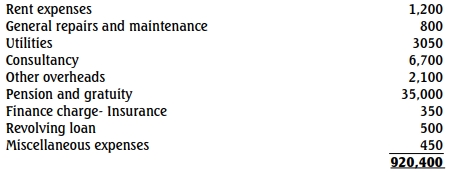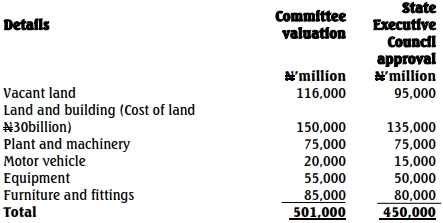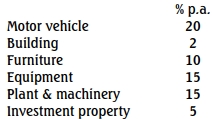- 20 Marks
FM – Nov 2014 – L3 – SB – Q2 – Corporate Restructuring
Analyze divestment strategies for Chelsy Plc’s divisions, compute finance needs, and assess buyout and sale implications.
Question
Chelsy Plc has two manufacturing divisions, Bolts and Nuts. The Bolts division is profitable whereas the Nuts division is not. The company’s share price has consequently declined to 50 kobo per share from a price of N2.83 per share three years ago.
The board of directors is considering two proposals:
i. To cease trading and close down the company.
ii. To close the Nuts division and continue the Bolts division through a leveraged management buyout. The new company will continue to manufacture bolts only but will require an additional investment of N275 million to grow the Bolts division’s after-tax cash flows by 3.5 percent in perpetuity. The proceeds from the sale of the Nuts division will be applied to pay the division’s outstanding liabilities. The finance raised from the management buyout will be applied in paying any remaining liabilities, fund additional investment, and purchase the current equity shares at a premium of 20 percent.
The Nuts division is twice the size of the Bolts division in terms of the assets attributable to it.
Extracts from the most recent financial statements of Chelsy Plc are as follows:
Statement of Financial Position as at 31 December 2013
| N’000 | |
|---|---|
| Non-current assets | 605,000 |
| Current assets | 1,210,000 |
| Share capital (40 kobo per share) | 220,000 |
| Reserves | 55,000 |
| Liabilities (non-current and current) | 1,540,000 |
Comprehensive Income Statement for the year ended 31 December 2013
| Division | Revenue | Costs (prior to depreciation, interest, and tax) |
|---|---|---|
| Bolts division | 935,000 | (660,000) |
| Nuts division | 1,870,000 | (2,035,000) |
| Depreciation, interest, and tax (combined): | (187,000) | |
| Loss: | (77,000) |
If the company’s assets are sold, the estimated realizable values are as follows:
| N’000 | |
|---|---|
| Non-current assets | 550,000 |
| Current assets | 605,000 |
Additional Information:
- Redundancy and other costs will be approximately N297 million if the whole company is closed and pro rata for individual divisions that are closed. These costs have priority for payment before any other liabilities in case of closure. The taxation effects relating to this may be ignored.
- Company income tax on profits is 30%, and it can be assumed that tax is payable in the year it is liable.
- Annual depreciation on non-current assets is 10%, and this is the amount of investment needed to maintain the current level of activity.
- The new company’s cost of capital is expected to be 11%.
Required:
(a) Discuss, briefly, the possible benefits of divesting Bolts division through a management buyout. (4 Marks)
(b) Estimate the return the creditors and the shareholders will receive in the event that Chelsy Plc is closed and all its assets sold. (3 Marks)
(c) Estimate the additional amount of finance needed and the value of the new company if only the assets of Nuts division are sold and the Bolts division is divested through a management buyout. (8 Marks)
(d) Discuss the issues that should be taken into consideration in relation to:
i. Seeking potential buyers and negotiating the price
ii. Due diligence
(Assume that the Nuts division is to be sold as a going concern). (5 Marks)
Find Related Questions by Tags, levels, etc.
- Tags: Asset Valuation, Corporate Strategy, Divestment, Financial Analysis, Management Buyout
- Level: Level 3
- Topic: Corporate Restructuring
- Series: NOV 2014






